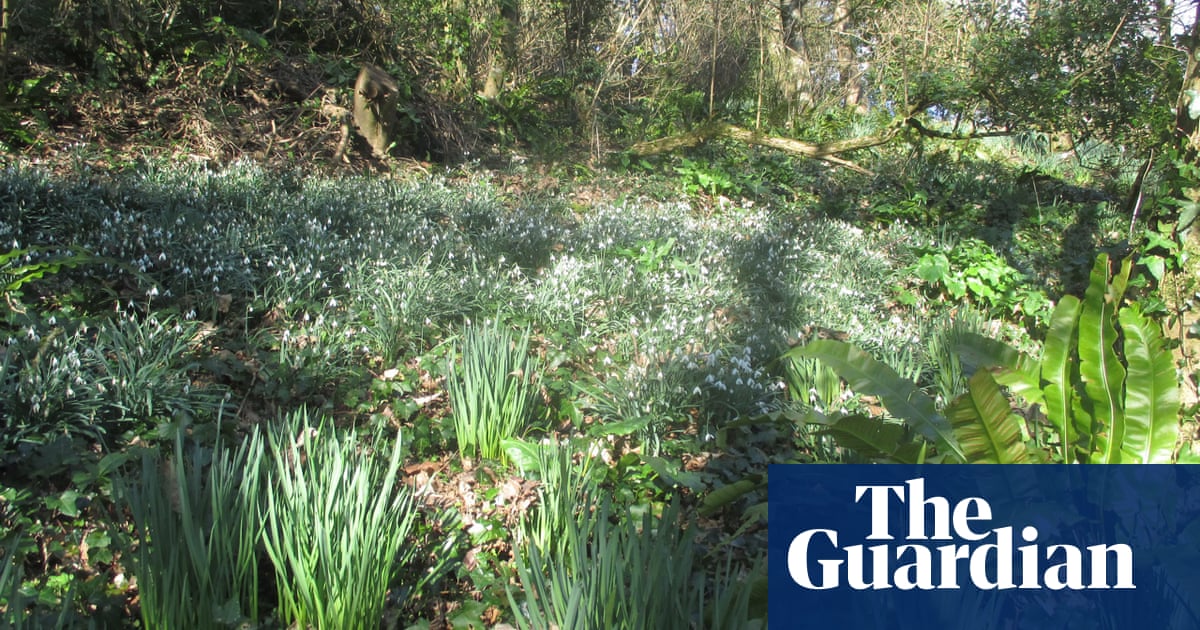
Ever the early riser, even in curtain-closed autumn, I sometimes leave the house while day is still night. This was my first dark venture through as-yet unpeopled landscapes since the January lockdown. Even the dog walkers were still abed. I was excited by both the novelty of solitude and the expectation of catching one of the piercing markers of winter.
And there it was – the high “tseep” of a migrating redwing. No point looking skywards into the black – though I did, instinctively. This single bird’s contact call painted a picture of a small, tight flock arriving from Scandinavia.
I began to muse on whether, if I listened to a quality sound recording of this walk, I could pinpoint it in time. Could it be narrowed, not just to a single season, but to a few weeks within that season? My walk had become a game.
A tawny owl hooted somewhere up the hill. A clear, distinctive sound, but worthless in this context, for it could be made at any time of year. But when I emerged into a meadow bordered by woodland on three sides, I had blundered into a territorial shouting match. Five or six spaced-out robins were menacing each other with two-bar salvoes of liquid melody. Robins are inclined to sing facing out towards open ground, and these snatches of song, uttered by both males and females, rise in early autumn and peter out around Christmas time.
The time clincher came not from the sound of a bird or a mammal but my own two feet. I’d been padding over grass with a sandy substrate, but now, as I climbed up into the wood, my toes began to scuff against newly fallen leaves. The sound was not the deep “shuff, shuff” through a morass after mass shedding in late November, but glancing crackles from the first mid-autumn drop.
Down in the sand bowl quarry, a sharp explosion from a gorse bush at my shoulder, and out shot a sparrowhawk. As it cut away, a human voice on my imaginary recording exclaimed: “Oh wow!”












